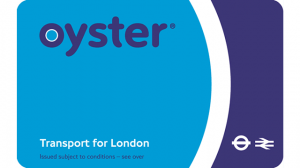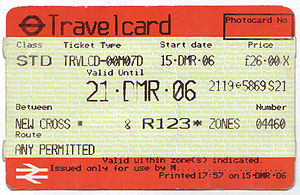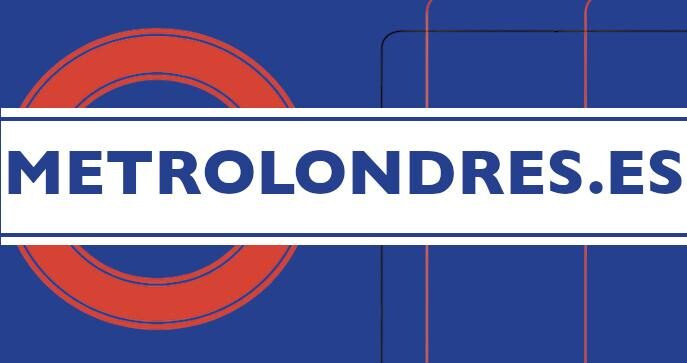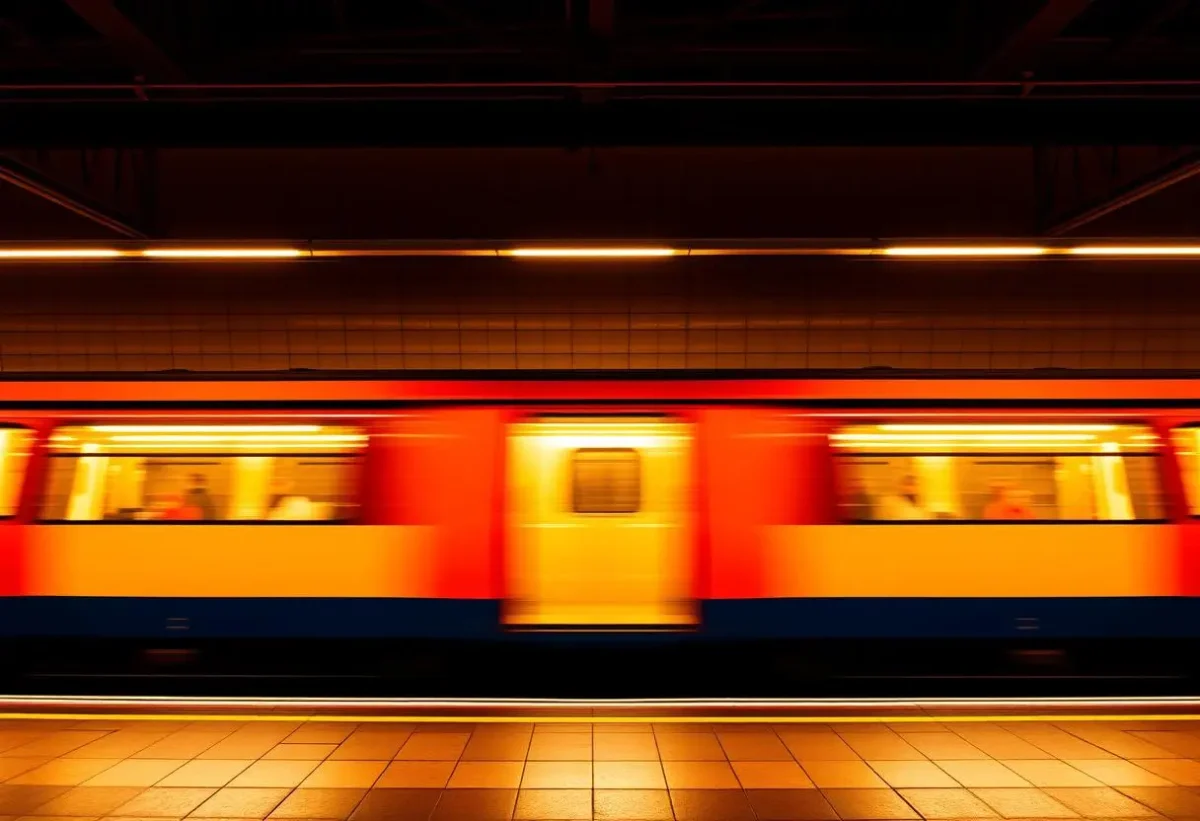The London Underground has 9 zones. We won’t go into detail about which stations each zone covers, as it can be consulted on the London Underground map section, but it is worth mentioning that for tourists the most interesting zones are zone 1 (central zone) and 2, where most of the interesting places to visit, hotels, etc. are located. Heathrow Airport is in zone 6. Now let’s see how to use the London Underground.
To use the Underground, you can use 2 types of tickets or passes, the Oyster Card or the TravelCard, or use a single ticket. To understand how these passes work, you practically have to take a course. Let’s try to explain it as simply as possible.
Benefits of using passes
It is very interesting to use cards, Oyster card and TravelCard, as in addition to the price reduction you save a lot of time by not having to stop at vending machines to buy a ticket every time you use the Underground. This also forces you to carry cash if you are worried about using your credit/debit card in a foreign country and in an unfamiliar system.
With both passes you can get on and off the Underground as many times as you want. One with a flat rate (TravelCard) and the other (Oyster) deducting credit, but with nuances (daily capping).
With each type of card, there are small differences in the additional transportation you can use, but certainly, both the TravelCard and the Oyster Card can be used on the London Underground, the DLR, and the London Overground.
Oyster Card
It is a smart card with a magnetic strip that you can preload with credit. You can use it on the Underground, buses, DLR, trams, and some stations on the TLF rail network but not all. The prices of trips with the Oyster Card are much cheaper than paying for single tickets.

The Oyster Card does not expire like the TravelCard, which has a maximum duration of one year.
They can be purchased in the Underground itself, even at the airport, and also online if you want to have everything planned and avoid surprises. They even send it to your home.
How to use the Oyster Card
Pay as you go. To obtain an Oyster Card, you only need to leave a deposit of 5 pounds for the physical card, which will be refunded when you return the card. In this mode, you can load it with any amount of credit to spend.
Another interesting point is that with Oyster Cards you are not limited to zones; the system will calculate the optimal fare when you validate at the entries and exits, unlike TravelCards, which are purchased for use in a series of predetermined zones, and if you use them where you are not authorized, you will have to pay a fine.
More information about the Oyster Card.
Travel Card
This is another type of pass to use the London Underground, this one is on paper, and you can buy it for a maximum period of one year and a minimum of one day. It can be used in more places than the Oyster Card, as it adds to the Oyster systems most of the trains in the rail network. However, it should be remembered that it does not give access to the express trains to the airport. It also allows you to use the DLR.

Advantages of Travelcards over Oyster: There is no need to leave a deposit to get a TravelCard. Also, if you are traveling with children, they do not need to carry ID with their photo.
When you buy a 7-day TravelCard, you receive it in Oyster format. That is, they give you an Oyster.
Single Tickets
Single tickets are purchased at vending machines or ticket offices for the zones you need. It is the most expensive option.
Where to buy tickets?
All three types of cards can be easily purchased at any station ticket office or vending machine. You can pay in cash or by card.
The Oyster Card must be passed through the magnetic stripe reader at both the entrance and exit, and tickets and travel cards through the barrier slots, both entry and exit. Normal tickets are “swallowed” by the barrier validator and not returned when validated on exit.
Which card to buy? Oyster Card vs Travelcard
For short periods, as a general rule, buy an Oyster Card and use it as Pay as you Go. With the Oyster, you can benefit from “Daily Capping“. Daily Capping is simply a system where you have a maximum daily spending limit. Each time you make a journey, credit is deducted until you reach this limit, and from then on, the journeys are free. To understand it more easily, the Daily Capping ensures that with the Oyster Card for a certain zone, you never pay more than with a Day Travelcard, which is the other option you have for unlimited travel for one day.
A graphic example:
With a TravelCard for one day for zones 1 and 2 in off-peak hours, you could make unlimited trips for a price of 9 pounds. If instead of having bought a Travelcard, you had opted for an Oyster Card, each trip in zones 1 and 2 in normal hours, in Pay as you Go, would cost you 2.2 pounds. With the Oyster Card, it would be more cost-effective up to the 4th trip, 2.2 x 4 = 8.8 pounds. If you made 5 trips, you would already pay more than with a TravelCard. Well, if you have been correctly touching in with the Oyster, the system would do this calculation, and from the 4th trip in zones 1 and 2, no more credit would be deducted from the card.
For slightly longer periods, such as weeks, months, or a year, and if you are really going to use them continuously, it is more cost-effective to buy the Travelcard.
We outline the differences below:
Reloads:
- Oyster Card: Rechargeable card that can be used to pay for individual trips or load a weekly/monthly pass.
- TravelCard: Transport pass valid for a day, week, or month that allows unlimited travel.
Flexibility of use
- Oyster Card: Allows you to pay for individual trips or load a weekly/monthly pass. Offers more flexibility.
- TravelCard: Only allows unlimited travel during the validity period (day, week, or month).
Discounts and promotions
- Oyster Card: Offers cheaper fares than paying in cash, as well as some discounts on attractions.
- TravelCard: Includes discounts on tourist attractions with the “2 for 1” program.
Refund of balance
- Oyster Card: The card can be returned, and the remaining balance recovered.
- TravelCard: Cannot be returned, nor can unused balance be recovered.
In summary, the Oyster Card is more flexible and allows you to save on individual trips, while the TravelCard is more convenient for longer stays and offers discounts on attractions. The choice will depend on the length of the visit and travel plans.
Other payment methods in the London Underground
In addition to the Oyster Card and the TravelCard, there are other options to pay for public transport in London:
Contactless Debit/Credit Card
– Allows you to pay for trips by tapping the card on the validators, without needing a specific card.
“`html
Contactless Debit/Credit Card
– Allows you to pay for trips by tapping the card on the validators, without needing a specific card.
– Offers fares similar to the Oyster Card and a daily spending cap.
– Convenient for visitors who already have a contactless debit/credit card.
London Pass
– A tourist card that includes free entry to attractions and discounts, as well as a transport pass.
– Can be a good option if you plan to visit multiple attractions during your stay.
– Available in 1, 2, 3, 6, or 10-day versions.
London Underground Fares
As with most metro systems, the fare structure is divided into zones. The more zones you travel through, the more expensive the journey. London has 9 zones. You need to consider the zones and whether it is peak time to determine the fare.
Peak hours in the London Underground are from Monday to Friday from 4:30 am to 9:30 am, and off-peak hours are from 9:30 am to 4:30 pm. Weekends and holidays are considered off-peak all day.
Children between the ages of 5 and 10 travel free if accompanied by an adult.
Here is the official TFL fare information updated for 2024:
Adult fares: https://content.tfl.gov.uk/adult-fares.pdf
Tips for Using the London Underground
Just as on the escalators where everyone keeps to the right to allow those in a hurry to pass, in the Underground, it is common to move to the center of the carriage to clear the entry/exit areas for passengers. Always let people get off before you board the train.
If you are not a London commuter, taking the Underground during peak hours can be quite chaotic due to the number of people using it. If you can avoid it…
This tip applies to almost any metro system with trains running in both directions. Look at the destination sign in the front carriage to check if you are heading in the right direction on your map.
Do not leave your backpack or luggage unattended, not because of fear of theft, but because of the hysteria it could cause as it may be interpreted as a potential threat.
And always, always… Mind the gap!

